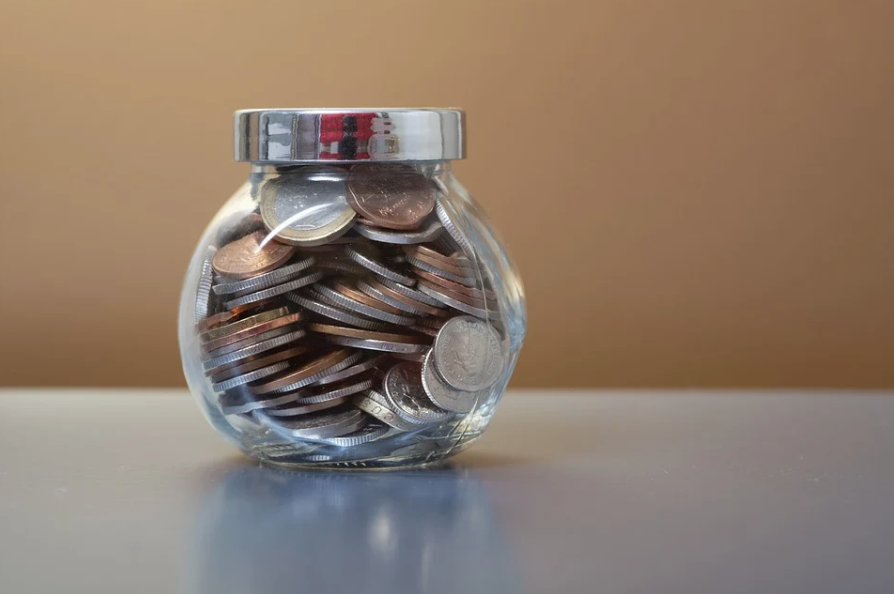As 2021 draws to a grinding halt and you’re currently dealing with debt, it is understandable that you’re a bit uncertain about what the incoming year holds. In the US, experts report that total household debt climbed to over 15 trillion in the third quarter of 2021, indicating a high record of debt. If you belong to this negative statistic, the following tips can help you restore some stability to your finances in 2022. These tips will come in handy, especially with the coronavirus expected to continue dominating the headlines.
1. Build an emergency fund

While this sounds like a pretty straightforward tip, many Americans still struggle to achieve it. Having an emergency fund is one of the most effective ways of giving yourself some form of financial cushion. Experts suggest setting aside three to six months’ worth of your living expenses in your emergency fund. But you are also free to increase or extend it to any number of months you prefer or can afford. The point is, the more you have saved in your emergency fund, the better financial cushion you give yourself.
2. Aim to pay at least 20% of your credit card debt
Credit card debt is one of many Americans’ main financial headaches, with roughly $8000 in debt per household. Paying off at least 20% of your credit card debt is a significant financial move that will ease your current debt burden.
Planning to pay off 20% of your credit card debt throughout 2022 may amount to an average of $1600 per average household. This will require a monthly payment of about $133, with your credit card offering 0% on your balance transfers for at least a year. You can take advantage of an online credit card payment calculator to figure the numbers. You can also figure out how best to use a consolidated credit solution to help give you some debt relief.
3. Set a budget that prioritizes investing
Investing in the right places is an effective way to increase your financial streams and avoid getting into debt. But where you can invest and how much you can spare will depend on your current financial condition. The last thing you want to do is put all your money into one investment opportunity that might yield immediate returns. Doing this will only leave you in a financial fix, and you don’t want that.
Instead, set up a budget that will make it easier to invest without leaving your pockets dry temporarily. You can implement the 50: 30: 20 rule, which suggests you can invest about 20% of your monthly income, leaving you with enough to pay your bills, feed yourself, and also contribute to your emergency fund.
4. Create additional income streams

If your current job isn’t bringing home enough money, you might want to create extra income streams. If you have any marketable skills, you should find one of several freelancing jobs quite an attractive option.



